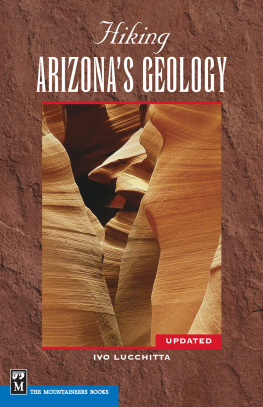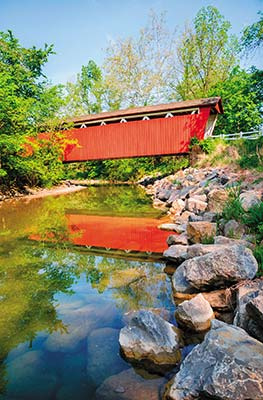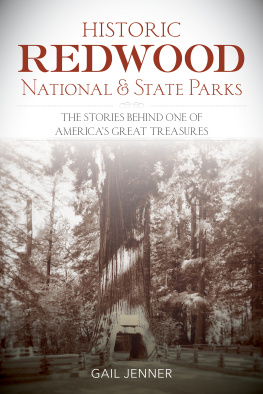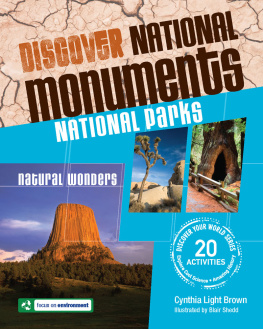Hartz George - Arizonas National Parks and Monuments
Here you can read online Hartz George - Arizonas National Parks and Monuments full text of the book (entire story) in english for free. Download pdf and epub, get meaning, cover and reviews about this ebook. City: Arizona, year: 2013;2014, publisher: Arcadia Publishing, genre: Religion. Description of the work, (preface) as well as reviews are available. Best literature library LitArk.com created for fans of good reading and offers a wide selection of genres:
Romance novel
Science fiction
Adventure
Detective
Science
History
Home and family
Prose
Art
Politics
Computer
Non-fiction
Religion
Business
Children
Humor
Choose a favorite category and find really read worthwhile books. Enjoy immersion in the world of imagination, feel the emotions of the characters or learn something new for yourself, make an fascinating discovery.

- Book:Arizonas National Parks and Monuments
- Author:
- Publisher:Arcadia Publishing
- Genre:
- Year:2013;2014
- City:Arizona
- Rating:4 / 5
- Favourites:Add to favourites
- Your mark:
- 80
- 1
- 2
- 3
- 4
- 5
Arizonas National Parks and Monuments: summary, description and annotation
We offer to read an annotation, description, summary or preface (depends on what the author of the book "Arizonas National Parks and Monuments" wrote himself). If you haven't found the necessary information about the book — write in the comments, we will try to find it.
Arizonas National Parks and Monuments — read online for free the complete book (whole text) full work
Below is the text of the book, divided by pages. System saving the place of the last page read, allows you to conveniently read the book "Arizonas National Parks and Monuments" online for free, without having to search again every time where you left off. Put a bookmark, and you can go to the page where you finished reading at any time.
Font size:
Interval:
Bookmark:
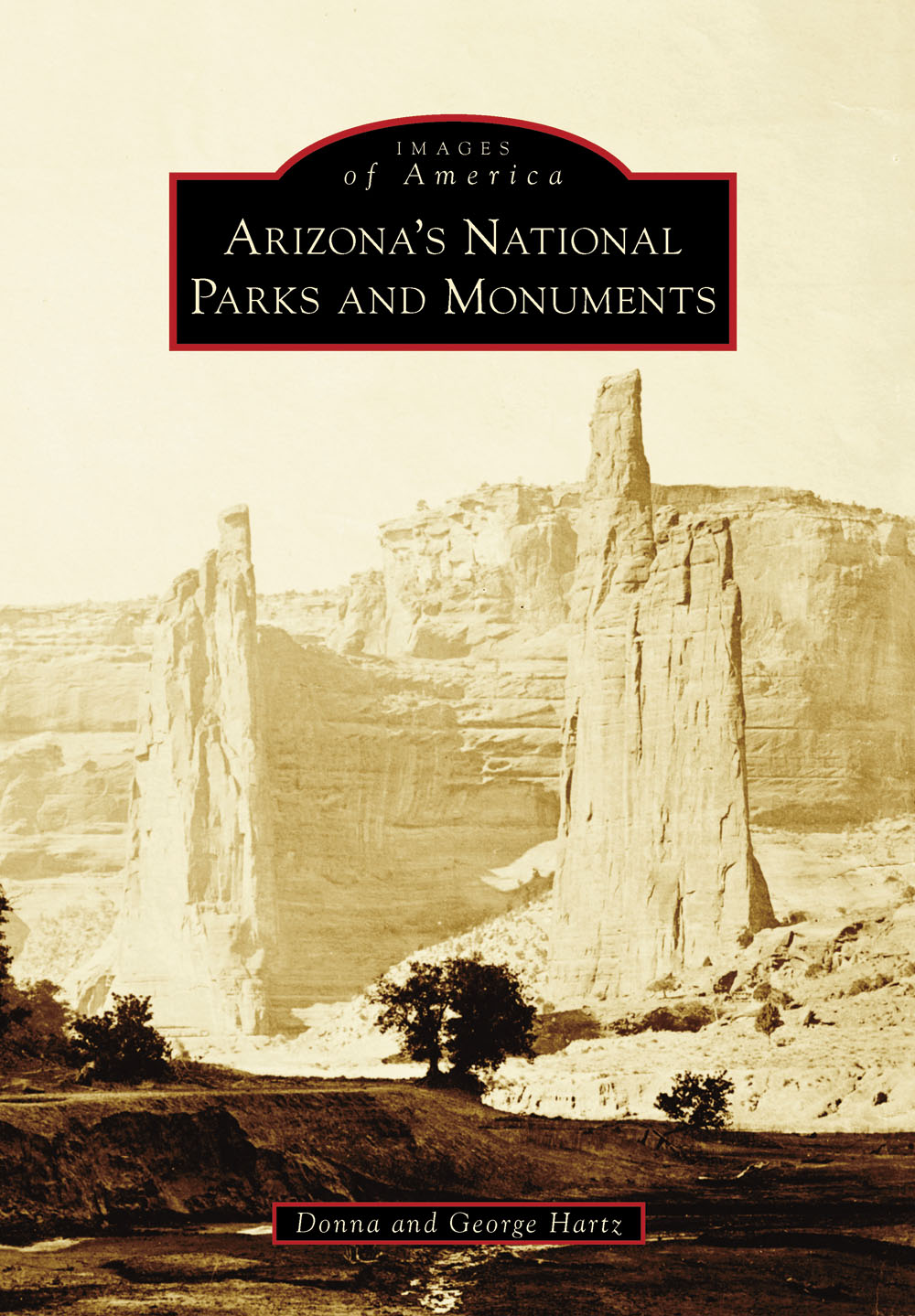
IMAGES
of America
ARIZONAS NATIONAL
PARKS AND MONUMENTS

Arizonas incredible natural scenery and rich human heritage have long been the cornerstones of both Arizonans sense of place and the face that they show to the rest of the world. The national parks and monuments of Arizona celebrate and preserve that natural scenery and human heritage and significantly contribute to Arizonas identity. (Courtesy of Library of Congress.)
ON THE COVER: Along with the Grand Canyon, few scenes are more iconic to the image of Arizona than this vista within Canyon de Chelly National Monument seen in the early part of the 20th century. Like many of the other national parks and monuments, Canyon de Chelly celebrates both Arizonas spectacular natural scenery and rich human heritage. (Courtesy of Library of Congress.)
IMAGES
of America
ARIZONAS NATIONAL
PARKS AND MONUMENTS
Donna and George Hartz

Copyright 2013 by Donna and George Hartz
ISBN 978-1-4671-3042-4
Ebook ISBN 9781439644416
Published by Arcadia Publishing
Charleston, South Carolina
Library of Congress Control Number: 2013933151
For all general information, please contact Arcadia Publishing:
Telephone 843-853-2070
Fax 843-853-0044
E-mail
For customer service and orders:
Toll-Free 1-888-313-2665
Visit us on the Internet at www.arcadiapublishing.com
To those whose vision and perseverance protect these wondrous places that speak to our spirits and our sense of place and connect us to generations who came before and who will follow in our footsteps.
CONTENTS
ACKNOWLEDGMENTS
Researching a book on national parks and monuments focuses you very quickly on the resources of the US federal government, and that is a very good thing. We discovered almost immediately a vast and extremely well-organized collection of historical information and photographs. This is something that our government has done very well, and it is a resource worth exploring even if you are not writing a book!
The National Park Service (NPS) maintains comprehensive websites for each of its national parks and monuments. The websites contain tourist information about each site, as well as sections on history, culture, nature, video and photography, and so on. Many of the individual sites contain links to online books about the history of the park or monument. For the more serious researcher, the NPS website contains links to huge databases of articles about the history and archaeology within the parks and monumentsfull of fascinating information. In addition, the NPS maintains a website containing a portion of its historical photograph collection (www.nps.gov/hfc/cfm/npsphoto.cfm). It is easily searchable and contains thousands of great photographs. NPS also maintains a site (www.nps.gov/pub_aff/imagebase.html) containing many thousands more contemporary public domain photographs, which is again easily searchable. Additionally, from NPS, Grand Canyon and Petrified Forest maintain large and well-organized collections of photographs on Flickr. The Bureau of Land Management (BLM) also has websites for each of its national monuments, containing similar information to the NPS sites, including access to photographs. The BLM also maintains a large, searchable master website (www.blm.gov/wo/st/en/bpd.html) of its photograph collection. Finally, there are two other great sites for historical photographs. The Library of Congress has a fantastic site, well organized, and, again, easily searchable, with a huge collection of historical photographs (www.loc.gov/pictures). The US Geological Survey historical photograph collection is also a treasure trove (libraryphoto.cr.usgs.gov).
We also received a lot of help from real people. Many thanks go to the Scottsdale Public Library, Tempe Historical Society, Phoenix Zoo, Desert Botanical Garden, Friends of the Sonoran Desert National Monument, Kevin Wright and Bob Wick of BLM, and John Hervert of Arizona Game and Fish.
INTRODUCTION
On Saturday morning, June 9, 1906, the top headlines in the Arizona Republican newspaper were Water Works Bonds Temporarily Tied Up (by a lawsuit filed in Cincinnati alleging that Phoenixs city recorder failed to sign the paperwork) and A Canadian Shaking Up (about a cyclone raging through Ontario province). The Chicago Daily Tribunes front page told its readers about Packing Houses in True Light, Thousands Hold Untaxed Wealth, and Lone Women Tag Finicky Hotels (about a business convention boycotting hotels that refused female guests after 6:00 p.m.). That same morning, the New York Times headlines included Graft Question to All Pennsylvania Agents, Called Woman out and Murdered Her, King Edward Ignored The German Emperor, and Facts In Meat Inquiry Satisfy The Committee. The only front page article on new legislation from Washington was a brief New York Times story headlined Free Alcohol Bill Signed, a law exempting alcohol used in arts and industry from taxation as long as it was poisonous and unsafe to drinkapparently, important news that day. There was no mention in any of the papers on June 9 that Pres. Theodore Roosevelt had his mind on more than free alcohol the previous day; he had signed into law 16 USC 431-433, the American Antiquities Act of 1906. It went unreported that day, or any day at least through the following week, by these three prestigious newspapers. Sometimes it is hard to spot the really big stories, and the Antiquities Act of 1906 has proven to be of monumental importance for the United States and for Arizona. Some 140 of our national parks and monuments were preserved under this act, as well as 19 of the 20 national parks and monuments in Arizona. This legislation literally changed the face of Arizona.
Arizonas three national parks and 17 national monuments truly represent the face of the majesty of Arizona, as it is known around the world, and a huge part of the self-image of Arizonans. They preserve, celebrate, and make accessible much of what is unique about Arizonafrom its magnificent Sonoran Desert and high-country flora to the mountains and canyons testifying to its amazing geologic history and to the extraordinary artifacts and creations of its earliest residents.
The history of the creation of Arizonas 20 national parks and monuments is a story of grassroots efforts by countless citizens, aided immensely by an extraordinary piece of Congressional legislation and aggressive actions by eight US presidents. The legislation was the American Antiquities Act of 1906, which allowed the president to unilaterally proclaim national monuments without the necessity of any Congressional action. The Antiquities Act has been used in Arizona more often than in any other statea total of 23 times. Each of our three national parks (Grand Canyon, Petrified Forest, and Saguaro) was originally preserved as a national monument via the Antiquities Act. Two of the first four presidential proclamations were in Arizona (Montezuma Castle and Petrified Forest in December 1906), as well as five from January 2000 to January 2001.
In this book, we will tell the stories of the creation of each of Arizonas national parks and monuments, taking advantage of more than 200 historical photographswith several more than 130 years old and many never before published.
In the , we tell the story of the five huge Arizona national monuments proclaimed by Pres. Bill Clinton in 20002001, particularly his decision to have them administered by the Bureau of Land Management rather than the National Park Service.
Next pageFont size:
Interval:
Bookmark:
Similar books «Arizonas National Parks and Monuments»
Look at similar books to Arizonas National Parks and Monuments. We have selected literature similar in name and meaning in the hope of providing readers with more options to find new, interesting, not yet read works.
Discussion, reviews of the book Arizonas National Parks and Monuments and just readers' own opinions. Leave your comments, write what you think about the work, its meaning or the main characters. Specify what exactly you liked and what you didn't like, and why you think so.

